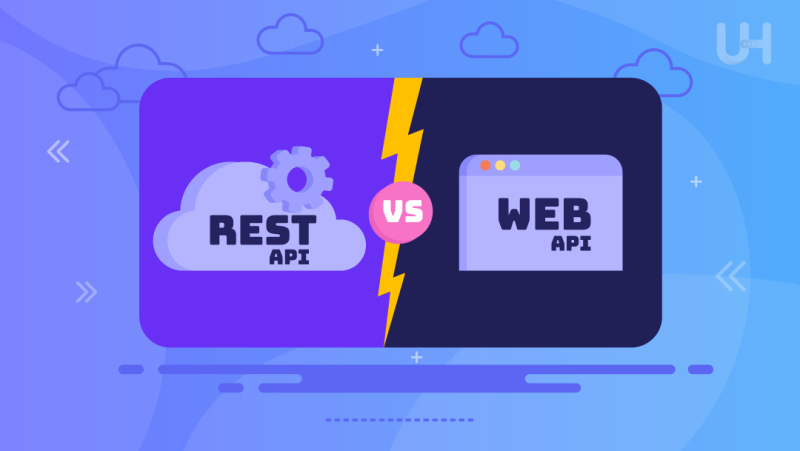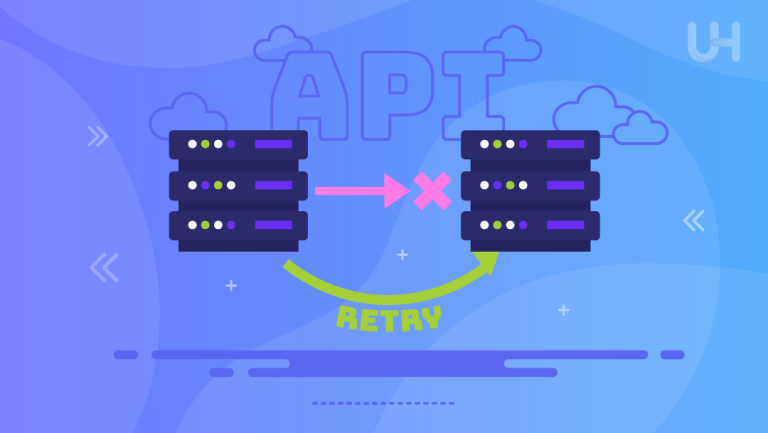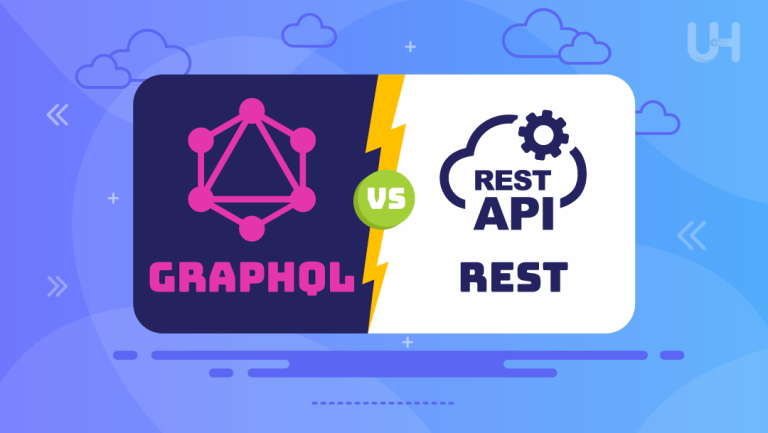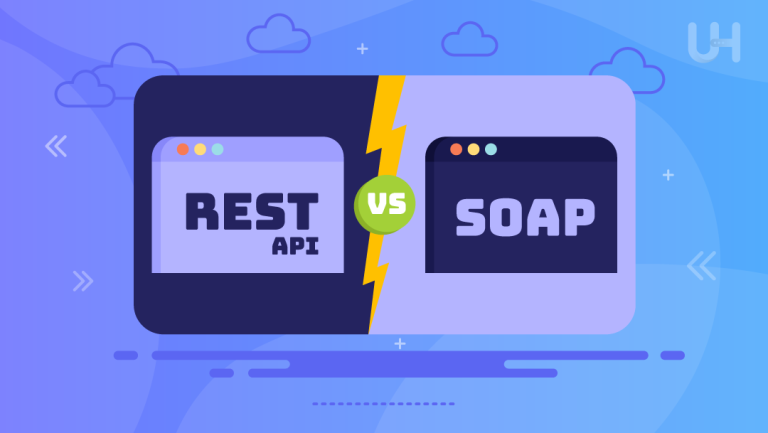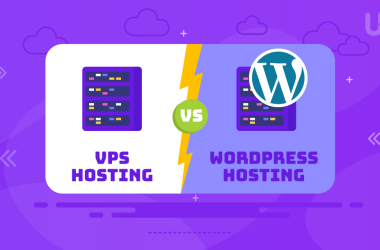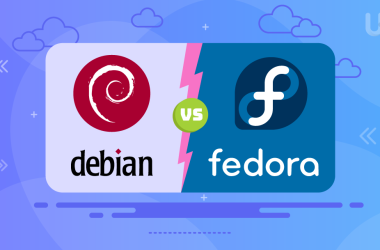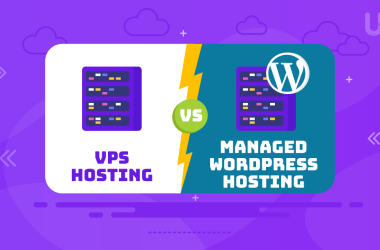In software development, APIs, or Application Programming Interfaces, allow different applications to talk to one another. The most common debate is about REST API vs Web API; both differ in principles and usage scenarios. Though both serve to bridge different systems, they are very dissimilar in how they function and are designed. These differences are important, especially when selecting API types that best fit your project’s needs.
In this article, we’ll analyze the architectures, advantages, and use cases of REST API vs Web API to examine some of their major differences. Whether you are a developer or a businessperson who wants to integrate different applications, identifying these key differences will help you make more informed decisions.
What are APIs, and Why Do You Need Them?
APIs, or Application Programming Interfaces, communicate between independent systems by sending and receiving data. They serve as a basis of communication in today’s interconnected digital landscape, where applications frequently interact with platforms, databases, and services. APIs ease this process by providing a standardized means of how systems ask for and exchange data.
This is because the growing use of APIs has become a means for businesses to try to simplify user experiences and operational efficiency. Whether for integrations with third-party providers, connecting mobile devices to dedicated web servers, or access to services offered through the cloud, APIs add functionality to applications, attempt to help in collaboration, and support innovation.
Improved Collaboration
APIs enable collaboration in that one team or department can utilize the efforts of other teams by adding them to their code without worrying about the internal details of other systems. This modularity enables developers to focus on limited tasks while ensuring seamless integrations in larger applications.
Data Protection
APIs introduce a constructive security barrier between systems by restricting sensitive information. With APIs, businesses are in total control of the type of data to be shared and the terms and conditions for sharing such data, hence offering better data protection.
Saves Costs
This greatly reduces development costs by enabling the reusability of components. Instead of writing features from scratch, API allows developers to use and build on top of others that have already been written for similar functionality, speeding up the pace at which software development gets done and reducing overall costs.
Increased Monetization
API monetizing is a big business, enabling many firms to generate new revenues from access to their data or services. APIs enable third-party developers to build on top of existing interfaces-a key way a company can further monetize.
What is REST API?
REST is an architectural pattern for designing networked applications. REST API follows a set of constraints that make it simple, scalable, and flexible. Separation of Client from Server classification is the principle wherein all of the resources are accessible through the Server, and the Client makes use of those resources.
A normal RESTful API would implement standard HTTP methods: GET, POST, PUT, and DELETE. RESTful APIs are stateless; whatever a client may need to know to process a request is contained in the request itself, and no session states are stored on the storage server. The statelessness makes REST APIs much easier to scale and much more reliable.
REST API Architecture
- Stateless: Each request a client sends to the server must contain all the information necessary, and the server shouldn’t store any session state.
- Cacheable: It allows caching responses, improving performance by requiring fewer interactions with servers.
- Client-Server Architecture: The client and server operate independently, allowing scalability and flexibility.
- Layered System: REST APIs can be designed to work through multiple layers, enhancing security and system scalability.
- Uniform Interface: REST APIs have a uniform interface, meaning that the same rules and principles govern all API interactions.
- Code on Demand: REST allows the client to download code or applets to extend its functionality.
Benefits of REST API
- Scalability and Flexibility: REST APIs are highly scalable, thus giving a developer an easy path to building systems that grow and adapt easily. Because they are stateless, the server does not need to manage information about clients. Adding new resources or services becomes easy without breaking existing ones or services.
- Simplicity and ease of usage: The REST APIs support all regular HTTP methods, such as GET, POST, PUT, and DELETE; these are easy to learn and implement. Because of this, it is fairly simple for any developer to integrate REST APIs into their applications without studying complex protocols in advance.
- Independence of Language and Platform: REST APIs are language—and platform-independent, making them very flexible. This allows developers to build systems that interact with diverse services and platforms without compatibility problems.
- Support for Multiple Formats: RESTful APIs are flexible regarding data formats. They mostly support JSON due to its lightweight data exchange, though they also support XML and HTML, and others. Therefore, this also frees the developers to choose according to their project requirements.
Examples of REST API
- Twitter API: This is a REST API that allows interaction with Twitter data, such as retrieving tweets, posting updates, and handling user account information. It’s used for creating third-party applications that enhance the Twitter experience.
- Google Maps API: This API enables the user to implement Google Maps services within their applications, such as location data and calculations on map rendering or the estimation of routes. It finds a wide range of applications in logistics, travel apps, and location-based services.
- GitHub API: GitHub’s REST API allows access to all repositories, issue manipulation, and user data fetching. The API’s most common use is integration into development tools to provide version control capabilities and automate certain GitHub workflows.
What is Web API?
Web API, therefore, is more powerful. It refers to APIs accessible over the web using HTTP. Thus, while REST APIs are a subset of Web APIs, not all Web APIs constitute RESTful APIs. In other words, Web APIs can implement various protocols and architectures, such as SOAP or GraphQL.
Web APIs generally expose data and functionality to a web application or other services. The Web APIs may have session states, unlike REST APIs. The design can also be quite complex for them. They find most of their use in enterprise environments where complex structured messaging systems are in demand.
Benefits of Web API
- Handles Complex Operations: Web APIs based on SOAP or any other complex protocol can facilitate higher-order operations like transaction management, security enforcement, and multi-step processes. They are ideal for enterprise-level applications requiring strong and reliable communication.
- Supports Multiple Communication Protocols: Unlike in REST API, where most of the implementation relies on HTTP, Web API can implement many communication protocols, such as HTTP, SMTP, and even FTPS or SFTP. That makes Web APIs more flexible in an environment where different kinds of communications are needed.
- Enterprise-Level Features: Most Web API features include built-in security layers, such as WS-Security for SOAP, error handling, and transaction support. Such features become necessary at the enterprise level, where strict compliance and high-level data integrity need to be maintained in operations.
- Design Flexibility: Web APIs can be designed to fit various architectures, such as REST, SOAP, and even GraphQL. This allows companies to choose which design pattern fits their specific needs, whether they require speed, security, or data complexity.
Examples of Web API
- SOAP-based APIs: This normally finds its application in enterprise systems where complex operations, security, and integrity of messages are of utmost essence. Examples include banking services, healthcare systems, and ERP platforms.
- Microsoft Web API: This API provided by Microsoft enables developers to create HTTP-based services that various clients can access, including browsers and mobile devices. It now has a very wide scope in the enterprise, as it can build highly scalable web services.
- PayPal API: It exposes users to PayPal’s web API, which facilitates businesses and developers’ integration of payment gateways into their websites and applications. PayPal API supports several functions, including payment processing, invoice management, and refund processing.
High-Powered Hosting For Your API-Driven Projects!
Looking for optimal performance for your REST API or Web API applications? With UltaHost’s High RAM VPS, you can handle increased traffic, execute complex operations, and ensure smooth, uninterrupted API performance.
Web API vs REST API: Key Differences
While both Web API and REST API enable communication between systems, they differ in terms of architecture, scalability, and use cases. Here’s a detailed comparison of REST API vs Web API:
| Feature | REST API | Web API |
| Architecture | Follows REST principles such as statelessness | Can use various architectures, including SOAP |
| Communication Protocol | Typically uses HTTP | Can use HTTP, SMTP, or other protocols |
| Caching | Responses can be cached for improved performance | Depends on the implementation, not always cacheable |
| Session State | Stateless, no session data is stored on the server | Can maintain session state, often more complex |
| Complexity | Simple and lightweight | Can be more complex depending on the architecture |
| Use Cases | Best for web and mobile applications | Often used in enterprise systems and complex messaging services |
| Supported Formats | Primarily JSON, but can use XML | Can support various formats including XML and JSON |
REST API vs Web API: Choose the Right API for Your Use-Case
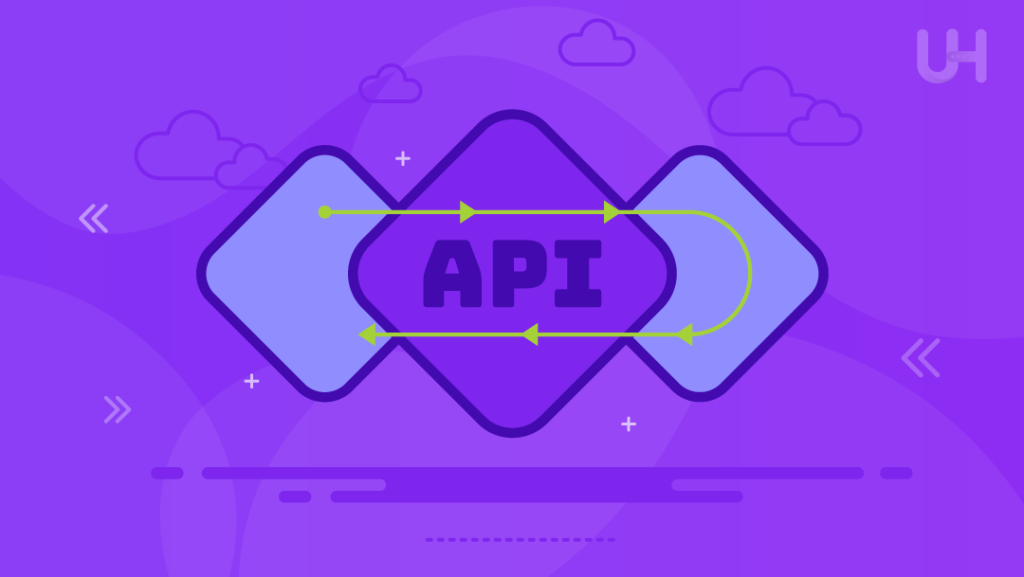
Whether REST API or Web API is used depends on many project-specific requirements, such as security, performance, and quality of service.
Security
RESTful APIs are stateless and can operate over encrypted, secure protocols like HTTPS. On the other hand, web APIs can support more complicated security mechanisms like WS-Security in SOAP, which might be critical for enterprise applications.
Performance
In general, execution speed is better in REST APIs because of their lightweight architecture and allowance for caching. On the other hand, Web APIs have relatively lower performance since some of their protocols require more overhead in messaging.
Service Quality – QoS
From the QoS perspective, Web APIs, particularly SOAP-based ones, provide richer service level guarantees. REST APIs are much simpler and might not provide the required level of reliability for mission-critical enterprise systems.
Conclusion
Knowing your project requirements, in this case, will determine whether to use a REST API or Web API. While REST APIs are simple and scalable and suit the needs of web and mobile applications, Web APIs are flexible and can handle more complex operations often needed in enterprise-level systems. Understanding the key differences between REST API and Web API can help you attain your goals.
UltaHost’s NVMe VPS hosting provides unparalleled speed and reliability for seamless API performance and faster response times. Upgrade to NVMe VPS today and ensure your REST or Web API runs efficiently, even under heavy loads.
FAQ
What is the primary difference between REST API and Web API?
REST API is a specific architectural style using HTTP, while Web API is a broader term that can include REST, SOAP, or other protocols.
Can REST APIs use formats other than JSON?
Yes, REST APIs can use multiple formats, such as XML, JSON, and plain text.
Is a Web API always stateless like REST APIs?
No, Web APIs can maintain a session state, unlike REST APIs, which are stateless by design.
Which API is better for mobile app development, REST API or Web API?
REST APIs are generally more suitable for mobile apps due to their simplicity and lightweight nature.
Do Web APIs support protocols other than HTTP?
Yes, depending on the architecture, Web APIs can support multiple protocols, such as HTTP, SMTP, and FTP.
Are REST APIs faster than Web APIs?
REST APIs are generally faster than other types of Web APIs, such as SOAP. This is due to their lightweight architecture and support for caching, making them more efficient for many applications.
Can I use both REST API and Web API in the same project?
Yes, depending on your use case, you can implement both REST API and Web API in the same application.





